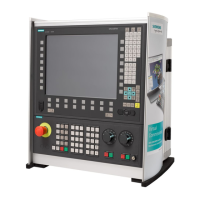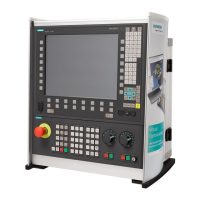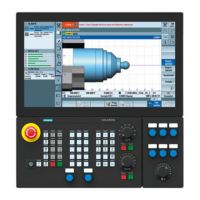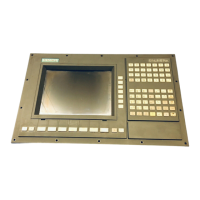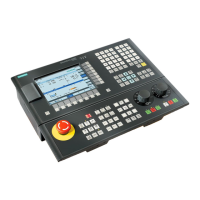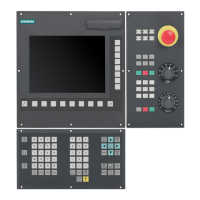3 Setting up functions 12/2008
3.4 Fault services
© Siemens AG 2008 All Rights Reserved
3-128 ePS Network Services, Function Manual (FH) - Release 12/2008
Field Content Type
monitor that triggers maintenance.
For maintenance procedures that
are directly controlled by the
maintenance schedule, this is the
only option for sending a
notification indicating when
maintenance procedures are due.
Initiate trigger if a
maintenance job is
overdue.
With a delay of 0 to 999 days, this
trigger can be used to send
notifications that are initiated when
at least one of the selected jobs is
overdue.
DISPLAY
SELECTION
(Toggle)
INPUT
(Digits from 0 to
999)
Initiate trigger if a
maintenance job is
repeatedly overdue.
To serve as a reminder,
notifications will repeatedly indicate
if a job is overdue. The intervals
between repeat notifications can be
specified in days (between 0 and
999).
DISPLAY
SELECTION
(Toggle)
INPUT
(Digits from 0 to
999)
Maintenance
schedules
The list of maintenance schedules
can be used to select maintenance
jobs to be triggered when they are
due. The trigger will respond when
at least one job on the list is due.
DISPLAY
SELECTION
(Toggle)
3.4.13 Server trigger on "Variable monitor reaches limit value"
Description of functions
Any reaching or exceeding of the limit values defined in the variable monitor can be
configured here as a trigger in the control monitor.
In contrast to the interval-based evaluations, an ePS Network Services endless
counter should not be used here; otherwise, it will only possible for a trigger to be
initiated once over the course of the entire life cycle of the monitor. In this case, it is
advisable to use the normal PLC variable, which can fluctuate around a limit value
so that this monitor can become active each time a limit value is violated.
Since the variable monitor cannot generate an entry in the event history, this is
done via the control monitor to ensure that any limit value violations can be
documented.
The further functions of the control monitor, with workflow actions and diagnostics
actions, are fully available, in order to be able to interactively initiate actions in
response of limit value violations. Since the processed data is not updated
cyclically, the evaluation is done by reaching or exceeding the limit. In order not to
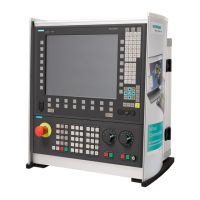
